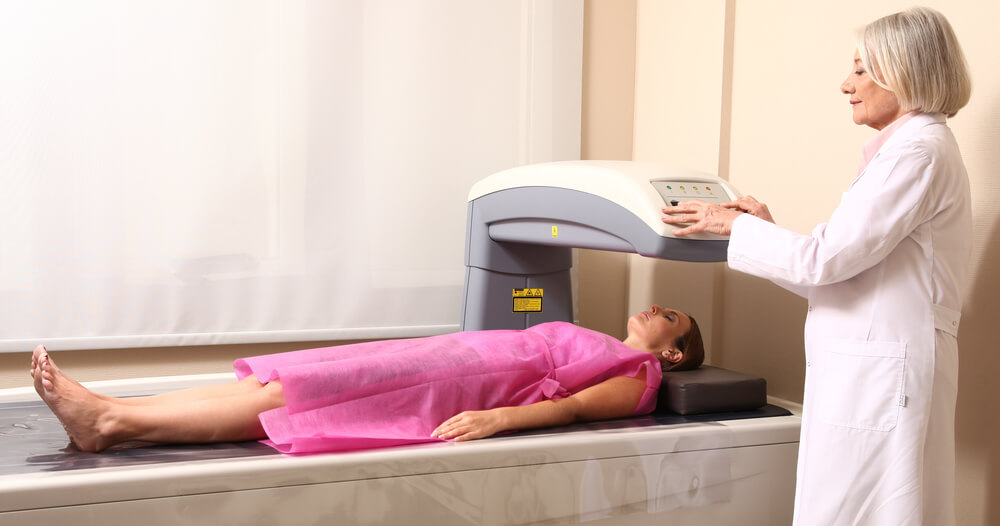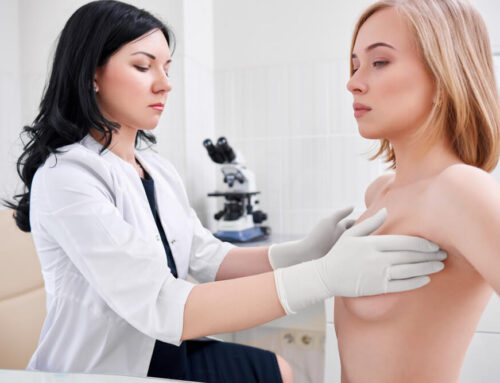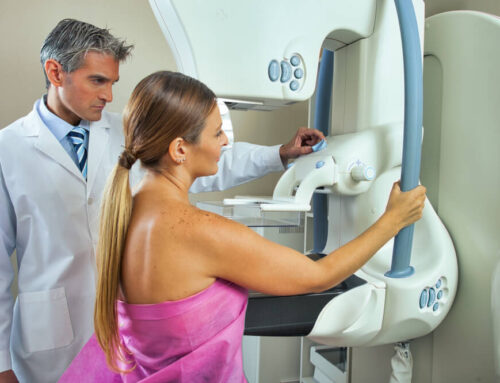How Often Should You See Your Oncologist After The First Breast Cancer?
If you have received treatment for breast cancer, the risk of developing the same cancer again is high. It can also spread to other parts of the body. Learning that you have recurrent breast cancer can be harder than dealing with the first diagnosis.
This article focuses on the secondary prevention of breast cancer, secondary breast cancer symptoms, and what you can expect during your follow-up appointments.
What Is The Difference Between Primary and Secondary Breast Cancer?
The first cancer that develops in the breast is known as ‘primary breast cancer’. Most breast cancer survivors don’t get cancer again; however, the same cancer can develop again in the breasts in some cases.
Other times, the first cancer can spread through the blood or lymphatic system to the lungs, brain, bones, and liver. This is known as secondary breast cancer, also known as advanced or metastatic breast cancer.
Although it is possible to cure the first cancer, there is no cure for it if it spreads to other organs. However, we can treat it to control and slow down its spread, relieve symptoms, and give you the longest survival possible with the disease.
We treat secondary breast cancer with the same drugs we use to treat the first breast cancer. For example, if the cancer cells spread to the lungs, we don’t prescribe drugs for lung cancer but prescribe those used for breast cancer.
Local Recurrence and Secondary Breast Cancer Symptoms
When the cancer reappears in the same area as your primary cancer, you can experience the following symptoms:
- Nipple discharge.
- A new lump in your breasts.
- Skin inflammation.
If you have been diagnosed with secondary breast cancer, the symptoms can vary, as they depend on the location where the cancer has developed. Secondary breast cancer symptoms include:
- Feeling breathless.
- A cough that does not get better.
- Feeling very tired.
- Red and swollen skin.
- Loss of balance.
- Dizziness.
- Weakness.
- Painless lump on the skin.

Risk Factors of Recurrent Breast Cancer
If you have received radiation therapy, it can spread to the lungs and blood.
For example, if you have had radiation therapy after a mastectomy (removal of breast tissue), the risk of lung cancer is high. It can also increase the risk of leukemia and myelodysplastic syndrome (MDS).
Chemotherapy can increase the risk of secondary breast cancers, but the risk is low. This can also lead to leukemia and MDS, but the risk is higher if you have received chemo and radiation therapy.
Lifestyle Modifications and Secondary Prevention of Breast Cancer
Although we can’t prevent cancers, you can implement the following lifestyle habits to lower the risks of first and second breast cancer. For example, you can:
- Avoid smoking.
- Exercise and avoid prolonged sitting.
- Avoid drinking alcohol.
- Follow a healthy diet.
In addition, we can perform tests to help us detect cancers in their early stages, or before you start experiencing any symptoms. We refer to these tests as ‘secondary prevention of breast cancer’. These include:
Mammograms: If you don’t have any symptoms, you can get a screening mammogram to look for early signs of breast cancer. You can get a diagnostic mammogram if you have breast cancer symptoms or your doctor has seen a change on the screening mammogram. Diagnostic mammograms can treat women who have received a breast cancer diagnosis in the past.
Ultrasonography: Breast ultrasounds can indicate whether there are any breast changes and fluid-filled cysts that we can’t see on a mammogram. They can be helpful in identifying cysts that can be cancerous.
Magnetic Resonance Imaging (MRI): If you have a high risk of developing breast cancer, we may recommend getting the usual annual mammograms and a screening MRI. You can also get a breast MRI if you have been diagnosed with cancer, as this helps us to determine the size of the cancer.
Follow Up With Your Oncologist
If you have received treatment for your first breast cancer, you should see your doctor regularly, as your follow-up appointments can:
- Find breast cancer that has spread to other parts of the body.
- Check for changes in your family history.
- Provide other health screenings.
- Provide medical updates.
Physical Exams
Once your initial breast cancer treatment ends, you will need to see your oncologist every three or four months during the first two or three years. Then, you can visit your doctor once or twice a year.
After that, these visits will depend on the type of cancer you have had. For example, if you have had estrogen receptor-positive (ER-positive) cancer, we can use endocrine therapy to block its growth. This is because estrogen is responsible for the growth of cancer cells. As a result, the cancer can come back after five years. However, if you have estrogen receptor-negative (ER-negative) cancer, no estrogen is involved.
You don’t have to see your doctor regularly once you complete your endocrine therapy after five years, but we still recommend getting a mammogram every year.
Mammograms
If you had a partial mastectomy (the removal of breast tissue on one side), you will need to get a mammogram on the remaining breast about 6 to 12 months after your surgery or radiation treatment. After that, we recommend getting mammograms once a year.
However, if you had both breasts removed, you will no longer need mammograms.
Pelvic Exams
If your doctor has prescribed tamoxifen or toremifene and you still have your uterus, we recommend getting a pelvic exam every year. These drugs can increase your risk of uterine cancer and the risk is higher if you have already gone through menopause.
Let your oncologist know if you have any of these symptoms, as they could be the first sign of uterine cancer:
- Bleeding or spotting between periods.
- Unusual vaginal bleeding.
- Bleeding or spotting after menopause.
Bone Density Tests
Doctors can prescribe anastrozole, letrozole, or exemestane if you have early stage breast cancer. These can cause osteoporosis or lower bone density in premenopausal women and those who have gone through menopause.
Osteoporosis is a condition in which the bones become more fragile and are more likely to fracture. A bone density test can detect the condition before a fracture occurs, and a doctor can check whether you will need medication to prevent or treat osteoporosis.
Young women who haven’t gone through menopause can get a bone density scan within three months of starting their breast cancer treatment, while postmenopausal women can do so within three to six months.

When Patients Discontinue Their Follow-Up Visits
A 2019 study published in the Journal of Oncology Practice found that 21% of women with early-stage breast cancer stopped seeing their doctor for their follow-up appointments.
For some patients, regular physician visits can be a financial burden to cover traveling costs and taking the day off from work. They may also have anxiety keeping up with their appointments and treatment.
Ask your doctor for a survivorship care plan, as this can help you to keep up with your appointments. It would also include a list of any side-effects you can experience from your treatment, as well as any suggested lifestyle modifications.
Book Your Appointment Today
Have you been treated for breast cancer or are currently receiving treatment, and you’re unsure of what the next steps might be? Book an appointment with us today and we’ll discuss your follow-up care plan.
References
Kolak, A., et al. (2017). Primary and secondary prevention of breast cancer [Abstract]. https://pubmed.ncbi.nlm.nih.gov/29284222/#:~:text=Secondary%20prevention%2C%20comprising%20diagnostic%20tests,or%20lesions%20predisposing%20to%20tumours.
Quyyumi, F. F., et al. (2019). Factors Associated With Follow-Up Care Among Women With Early-Stage Breast Cancer. https://ascopubs.org/doi/full/10.1200/JOP.18.00229






